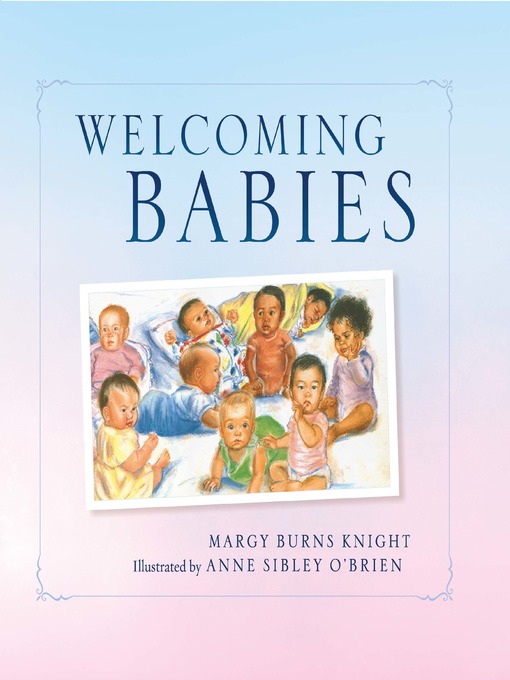
Welcoming Babies
فرمت کتاب
ebook
تاریخ انتشار
2018
Lexile Score
990
Reading Level
5-7
شابک
9780884486428
کتاب های مرتبط
- اطلاعات
- نقد و بررسی
- دیدگاه کاربران
نقد و بررسی

August 1, 1994
"Every day, everywhere, babies are born. We have many ways to show them we are glad they came into the world." So opens this well-meaning if somewhat artificial round-up of the ways in which people of various cultures celebrate the arrival of a newborn and other childhood milestones. "We Sing," writes Knight as O'Brien shows an African baby being welcomed by the song of women, who, the text tells us, will be joined by other villagers to herald the child's birth. Subsequent spreads reveal a tiny baby in an incubator being caressed by a parent's hand ("We Touch"); a midwife placing a drop of sugar butter onto the tongue of a dark-haired infant ``so that he will have a sweet life'' ("We Bless"); a christening party for Ricardo, where the guests wear encintados, colorful ribbons with the names of the baby and his godparents; and the first birthday celebration for Ok-hee, pictured in front of a table laden with food ("Those who treasure her gather to wish Ok-hee a long and happy life"). At its best, O'Brien's hazy, pastel art depicts endearing scenarios, but often the images are stilted and unaffecting. Ages 5-up.

December 1, 1994
K-Gr 2-A discussion of the various ceremonies used to greet newborns: Muslim, Jewish, Christian, and Hopi; Korean, Greek, Nigerian, and Latin American. Most of the methods include singing, kissing, touching, blessing, naming, dedicating, holding, and honoring the infant. Boldly painted, strongly colored double-page pictures in a combination of realism in the foreground and sketchiness in the background show the babies being cherished in special ways by family and friends. The text describes each occasion simply, with helpful amplification given in the notes at the end that identify the cultures and geographic settings represented. The obvious value and beauty of each type of welcome should expand children's appreciation for and understanding of peoples other than themselves and of the joy that new births bring.-Patricia Pearl Dole, formerly at First Presbyterian School, Martinsville, VA

























دیدگاه کاربران